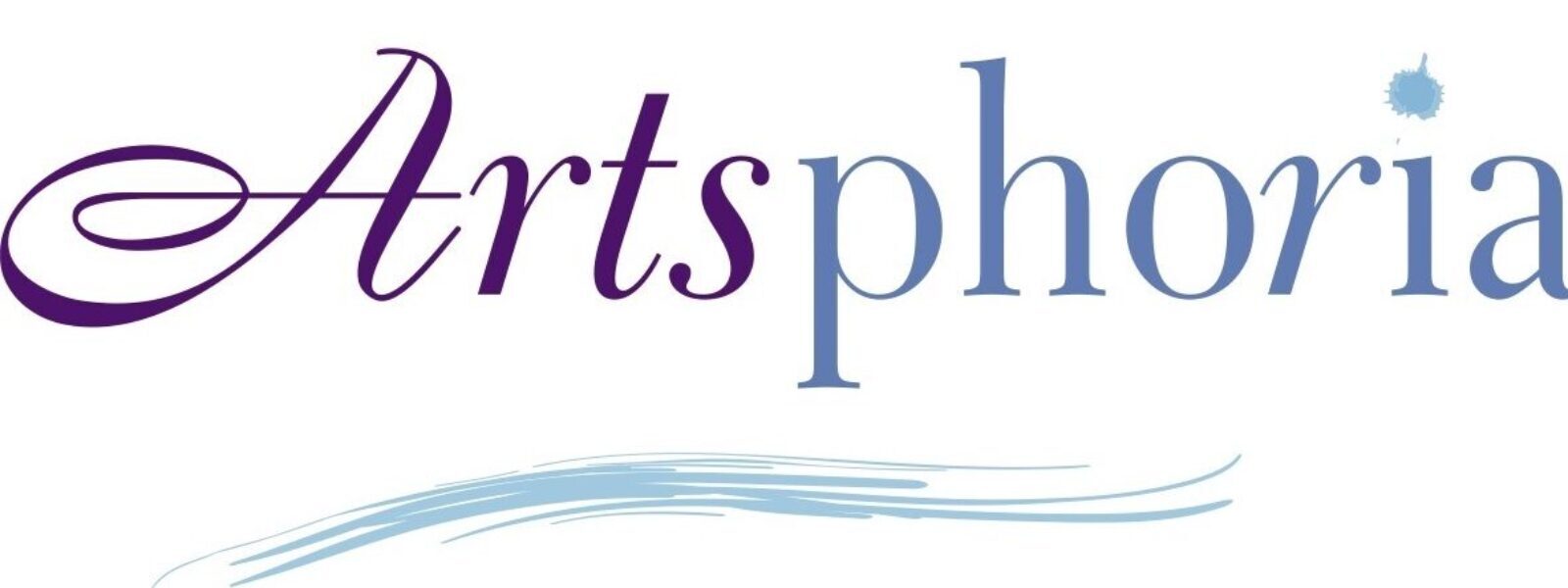The popular trend of storytelling in marketing has endured for a simple reason. This type of irresistible engagement, which captures interest from the youngest age, works. A good story grabs and holds your attention while forming immediate connections.
As the “father” of the storytelling movement, Andy Goodman of The Goodman Center has shared insights about this powerful form of communication for decades. A nationally recognized speaker and consultant in the field of public interest communications, he is the author of Storytelling as Best Practice, Why Bad Ads Happen to Good Causes and Why Bad Presentations Happen to Good Causes.
Narrative as the Most Powerful Form of Communication
Why has storytelling remained an essential part of culture? What makes a good story, and how do you build a lasting storytelling culture? Here are some of Goodman’s insights:
“Storytelling as best practice is the single, most powerful tool for communication,” he said during a presentation. “We’ve been telling stories from the earliest generations.”
As Goodman observed, stories are an indelible part of culture, beginning with fairy-tales and bedtime stories. He added that you see a pattern: beginning, middle and end. When you recognize this form, that resonates deeply.
“Stories are part of our identity and wrapped up in our sense of self. What are the top 10 stories that you tell about yourself?” he asked.
Time-Tested Structure of a Good Story
According to Goodman, a good story has a time-tested structure with the following essential components:
- Telling details
- Emotion
- Truth
- Meaning
Instead of providing a boring sequence of events, the earliest myths and fables pulled listeners into the tale. The hero does not immediately achieve his or her goal, which creates tension. Then, the magic words “What happened next?” propel the story forward.
Tips for Building a Storytelling Culture
For storytelling to work effectively, Goodman stressed that even adults need surprises along the way. He noted that watching language is particularly important for nonprofit organizations, which often slip into using jargon. Along with clarifying who the story is about and what stands in the way of achieving a desired goal, Goodman recommends focusing on these points to capture an organization’s identity and culture:
- Pinpoint the nature of a challenge
- Describe how you got started
- Provide emblematic success stories about unique ways you are making a difference
- Share performance stories about people working at and living the values of your organization
- Strive to improve the story internally
- Clarify the “where we are going” story and an organization’s direction in 10 years
Additional Ways to Use Narrative Effectively
Goodman shared many other ways to use narrative effectively as a communication tool:
- Do not use an abstract mission statement
- Tell personal and authentic stories
- Share the story of an individual to get the feeling of a problem
- Connect individual tales to the systemic story, reinforcing the micro-macro identity
- Provide links to advocacy narratives on websites and in brochures
Share Your Stories
Do you have a good story to share about the ways your creative organization or innovative business is making a positive difference? To learn about our storytelling in marketing services, email info@artsphoria.com.

